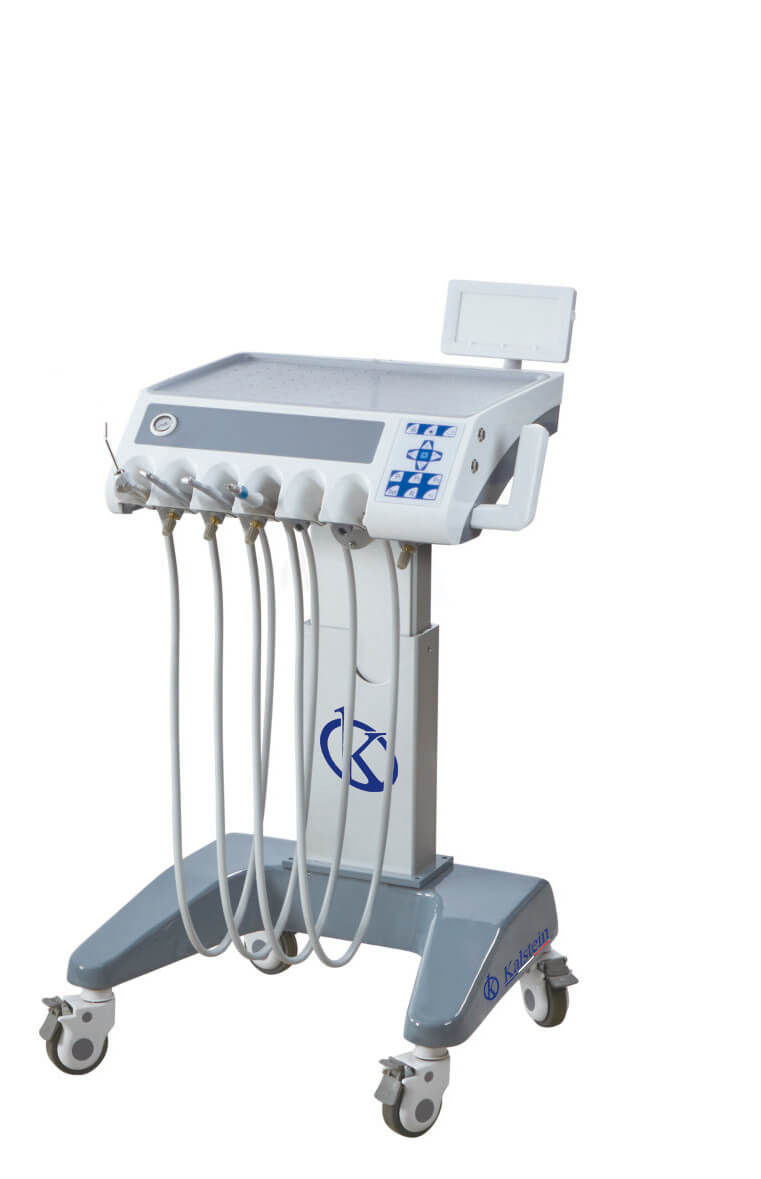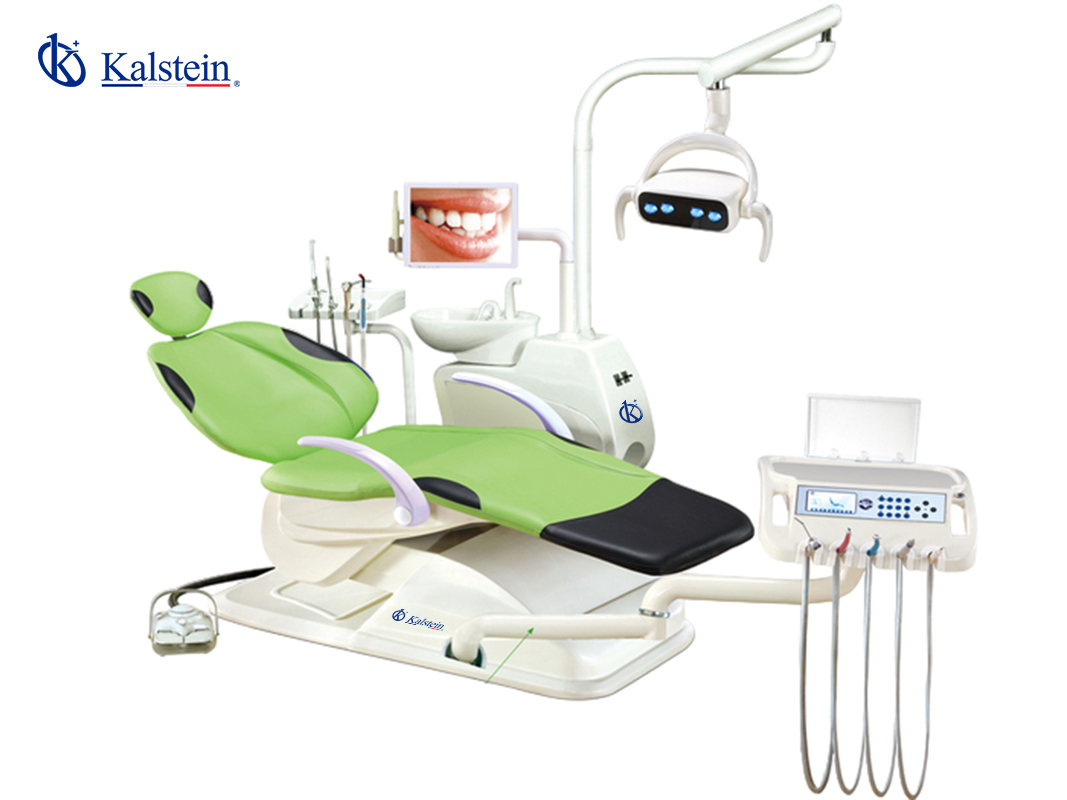Phototherapy is a technique used in medicine to treat neonatal hyperbilirubinemia, to reduce serum bilirubin levels, using the properties of light (electromagnetic radiation). When light affects bilirubin, it converts bilirubin into water-soluble photoisomers, which are then more easily excreted in feces and urine, without the need to conjugate in the liver.
It is also used as a therapeutic measure in specialties such as dermatology where ultraviolet (UV) light is used for its anti-inflammatory action, for the treatment of inflammatory dermatological and neoplastic skin diseases. It is frequently used in the treatment of pathologies such as psoriasis, atopic dermatitis, fungoid mycosis and vitiligo. Its mechanism of action is based on the combined action of the inhibition of epidermal proliferation, an anti-inflammatory effect, and several immunomodulatory actions. Phototherapy units with their lamps are the key elements or equipment in intensive phototherapy.
Equipment used in neonatal phototherapy
Phototherapy is a protocol that is based on placing a light at a distance of 30-40 cm from the naked body surface of the newborn previous placement of radiopaque glasses and removal of any cream or lotion of the skin.
For phototherapy, phototherapy units are commonly used, generally consisting of 4 tubes of blue light and 2 of white light. The blue ones are placed in the center and the white ones on the sides. These phototherapy lamps are fluorescent and LED bulbs. It is a technique that allows to approach and treat neonatal jaundice in a safe, innocuous, simple way and obtaining very good results. Hyperbilirubinaemia in newborns can have irreversible consequences, if not treated in time, as it can affect the nervous system.
Equipment used in phototherapy for skin treatment
Phototherapy has several modalities such as UVA (340-400 nm), PUVA (Psoraleno + UVA), UVB broadband (280-320 nm) and the most recent narrow band UVB (311 nm). Among the phototherapy lamps used we find:
- UVA lamps: These lamps emit UVA radiation, which is characterized by deep penetration, but is less potent, which is why it needs a photosensitizing drug that enhances the effect of UVA radiation, such as psoralene giving rise to PUVA (psoralene + UVA).
- UVB lamps: They emit more superficial radiation, but it has enough power to achieve the desired effects without the need for accompanying drugs. UVB therapy has comparable efficacy to PUVA, and less erythematogenic. Therefore, they provide a higher degree of security.
What does Kalstein offer you?
Kalstein is a company MANUFACTURER of medical and laboratory equipment of the highest quality and the best technology at the best PRICES in the market, so you can make your PURCHASE with us, knowing that you have the service and advice of a company specialized in the field and committed to provide you with safe, economical and effective options for the performance of your functions in the right way. In this opportunity we present our Child bilirubin phototherapy unit YR02194. HERE
All newborn patients with hyperbilirubinemia need the best care for threatening jaundice. Our line of phototherapy products provides you with the reliability and stability of LED-light intensive phototherapy for your baby patient.
- The unit has a long life span providing 20,000 to 30,000 hours of light therapy.
- LED fluorescent lamp as radiant elements of phototherapy.
- The curing angle of the lamp can be adjusted horizontally.
- The height of the lamp head can be adjusted.
- The stainless steel bracket can be adjusted.
- Wheels can be locked
- Timer to record the phototherapy operation.
- Use in incubators, irradiant heat moses and any type of moses.
- The YR02194 unit with blue fluorescent tube has a separate frame that can be used with incubator, irradiant heat moses and any type of moses in family care.
- Widely applicable in all hospitals and clinics and optimized for babies with jaundice.
For more information we invite you to take a look at HERE.



